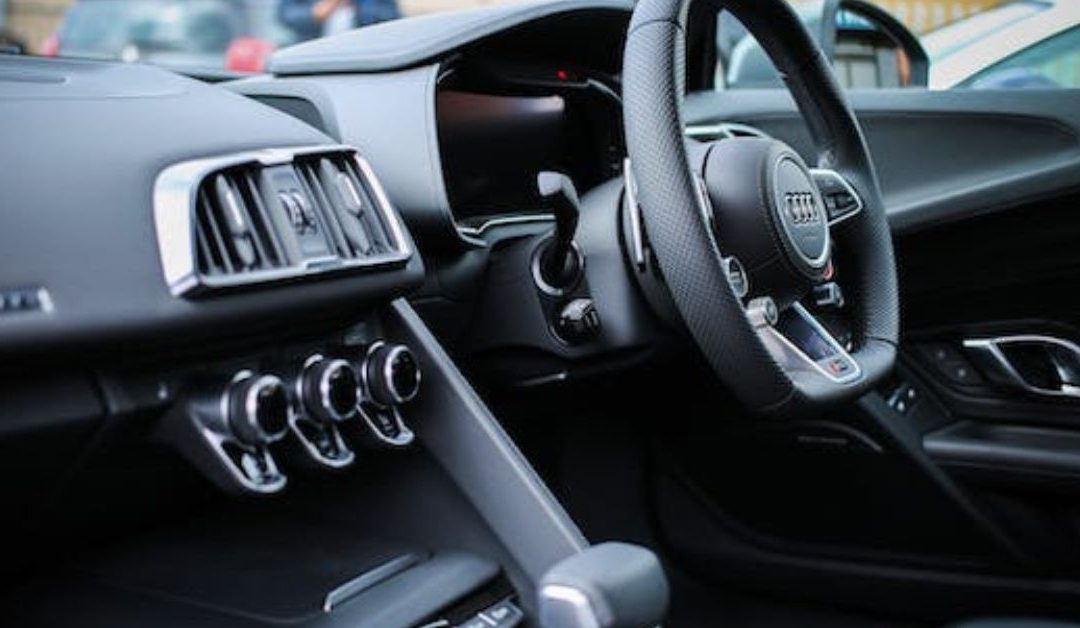Once you get a handle on the fundamentals, driving an automatic car may be a snap. This detailed manual will bring you through the basics of operating an automatic vehicle, whether you’re a newbie or looking to brush up on your knowledge. We’ll go through everything you need to know, from turning on the engine to shifting gears. Let’s begin, then!
Understanding the Basics
Let’s begin with the principles before delving further into the specifics. Automatic vehicles do not need a clutch pedal, in contrast to manual vehicles. They switch gears automatically instead by using a torque converter or dual-clutch system. Because of this, operating an automatic car is easier and more convenient.
Starting up the Car
Assume the proper seating posture and place your foot on the brake pedal before you begin an automated vehicle. The engine will not start until the key is placed in the ignition and turned clockwise. Some more recent models might come equipped with a push-button start option, in which case you just have to depress the button while the brake pedal is applied.
Getting a Crash Course on the Controls
Learn how to use the various car controls after that. Locate the gear shift lever, which is often located on the center console in front of the seats. The standard positions are P (Park), R (Reverse), N (Neutral), and D (Drive), with extra positions like L (Low) occasionally included.
Setting the Gears on the Car
Press the brake pedal, then switch the gear change lever from Park to Drive to put the automobile into drive. Once the automobile is in Drive, gently remove the brake pedal to initiate movement. Similarly, if you need to go backward, you can select Reverse. Never change gears without coming to a complete stop first.
Speeding Up and Slowing Down
Simply press the gas pedal with your right foot to accelerate in an automated vehicle. As you increase your speed, be mindful of the posted limit and modify your acceleration as necessary. Release the gas pedal gently and use your right foot to depress the brake pedal to slow down or stop the vehicle. You’ll find it simpler to stop smoothly if you drive an automatic car because they typically brake more smoothly than manual autos.
Taking Charge and Moving Around
Both manual and automatic vehicles use the same basic steering techniques. The steering wheel should be held at the 9 and 3 o’clock positions, and it should be turned in the desired direction. When changing lanes or making a turn, use your turn signals. In a well-lit, safe place, practice parking, lane changes, and turning until you feel confident.
How to Adjust for Various Road Conditions
It takes flexibility to operate an automatic vehicle in a range of traffic situations. A lower gear may be used by the car to maintain power when going uphill. In contrast, the car might automatically downshift when moving downhill to keep the brakes from overheating. Pay close attention to these shifts in gear and modify your driving technique as necessary.
Additional details and safety measures
Modern automatic cars are outfitted with a variety of features to improve comfort and safety. These consist of electronic stability control (ESC), traction control, and anti-lock braking systems (ABS). Get acquainted with these features and learn how they affect your overall driving experience.
How to Get Around in Motherwell, Hamilton, Airdrie, and Coatbridge
Understanding the local traffic laws traffic signs and road conditions is crucial when driving in places like Motherwell, Hamilton, Airdrie, and Coatbridge. Observe posted speed limits, road signs, and any potential dangers. To plan your travels and track any traffic updates, use GPS devices or internet maps.
“Practise Makes Perfect”
Finally, keep in mind that practice is essential to developing your driving skills and confidence. You’ll feel more at ease while operating an automatic vehicle the more you practice. Longer drives should be introduced gradually after shorter ones. Take advantage of driving instruction to improve your abilities and learn insightful tips from knowledgeable instructors.
Frequently Asked Questions
Is a specific license required to operate an automatic vehicle?
No, you don’t need a special license to operate an automatic vehicle. Automatic automobiles can be driven with the same license that authorizes manual vehicles.
Is it simple to transition between manual and automated vehicles?
Although manual and automatic cars handle and shift gears differently, the fundamental driving concepts remain the same. When switching between the two, it could take some time to become used to it.
Can I operate an automated vehicle with both feet?
Using both feet while operating an automatic vehicle is not advised. The risk of unintended braking can increase if your left foot is resting on the brake pedal. Instead, only use your right foot for braking and acceleration.
Conclusion
Anyone can learn how to operate an automatic car with practice and perseverance. You’ll be able to confidently maneuver the streets of Motherwell, Hamilton, Airdrie, and Coatbridge by comprehending the fundamentals, becoming familiar with the controls, and adjusting to various driving circumstances. Remember to put safety first, abide by traffic laws, and keep learning and developing your driving abilities. So get in, secure your seatbelt, and enjoy the journey!



